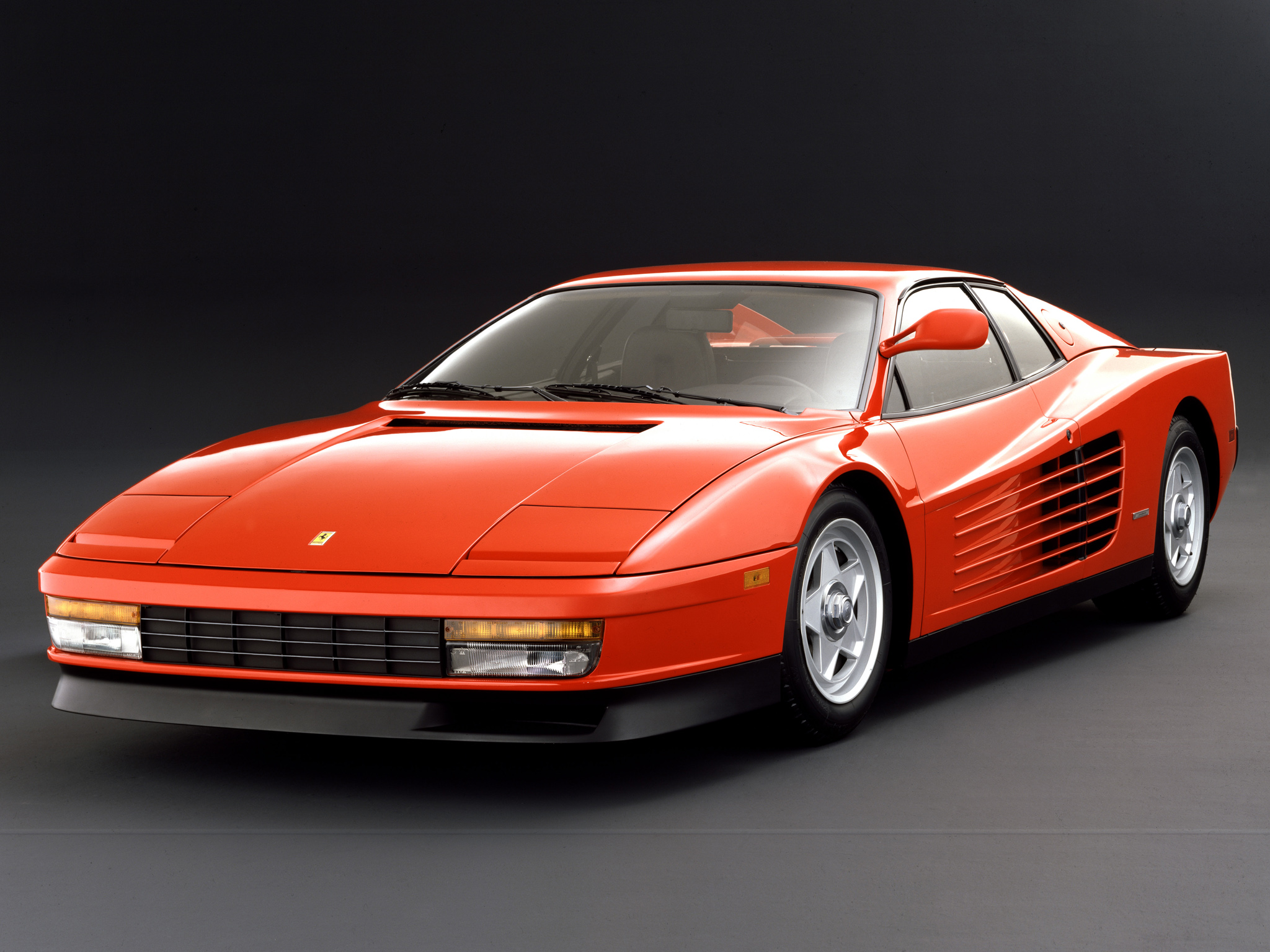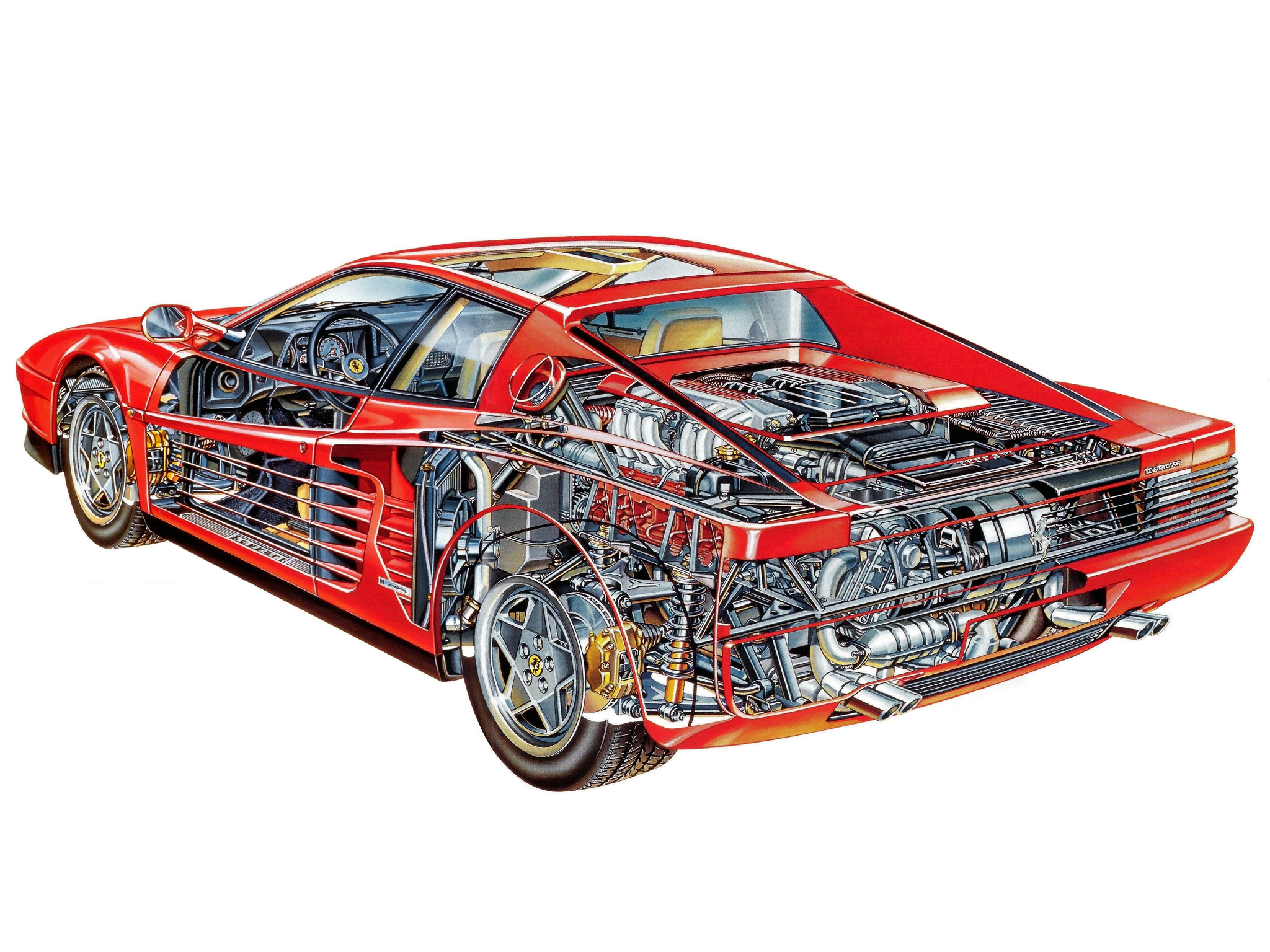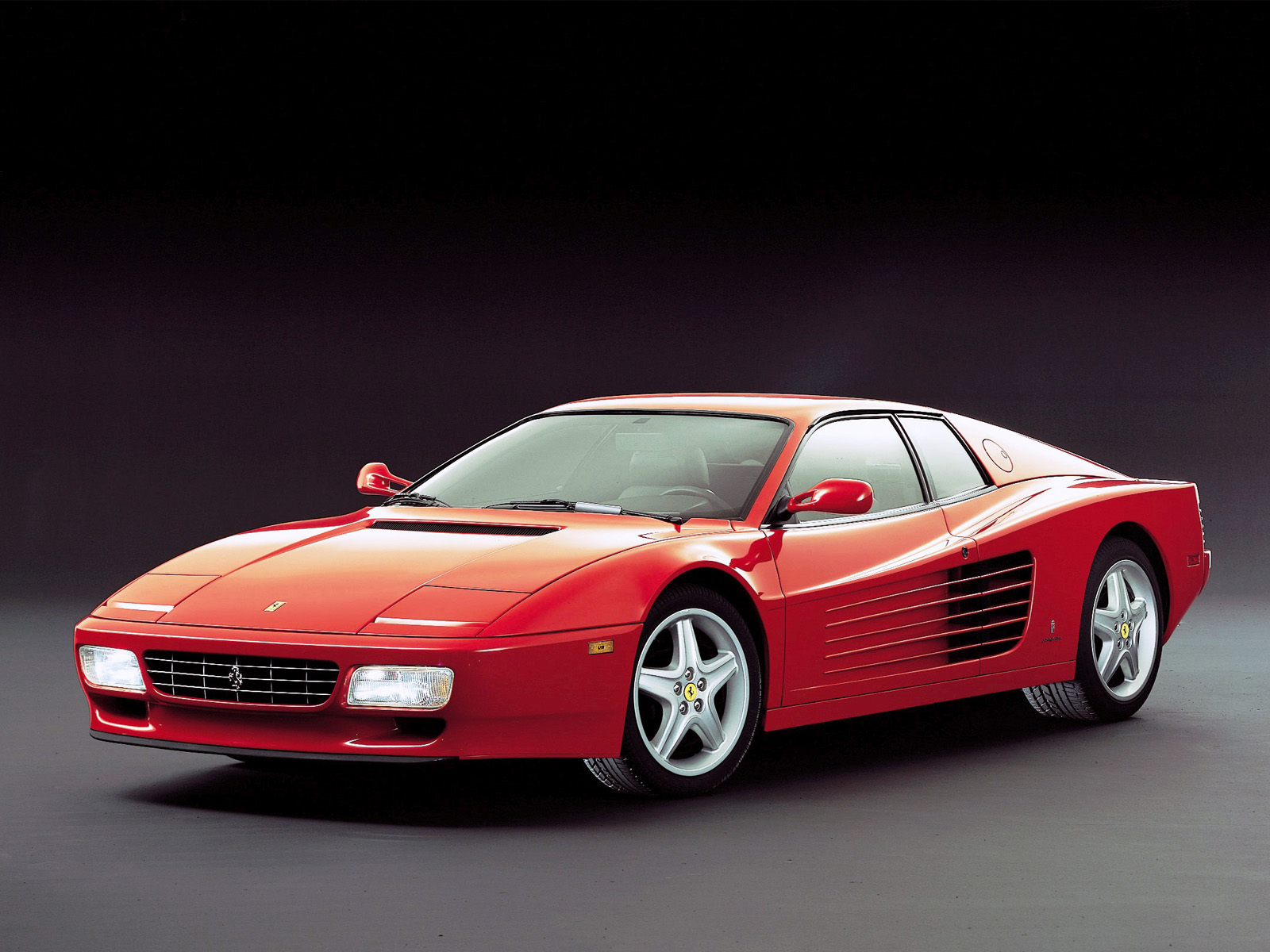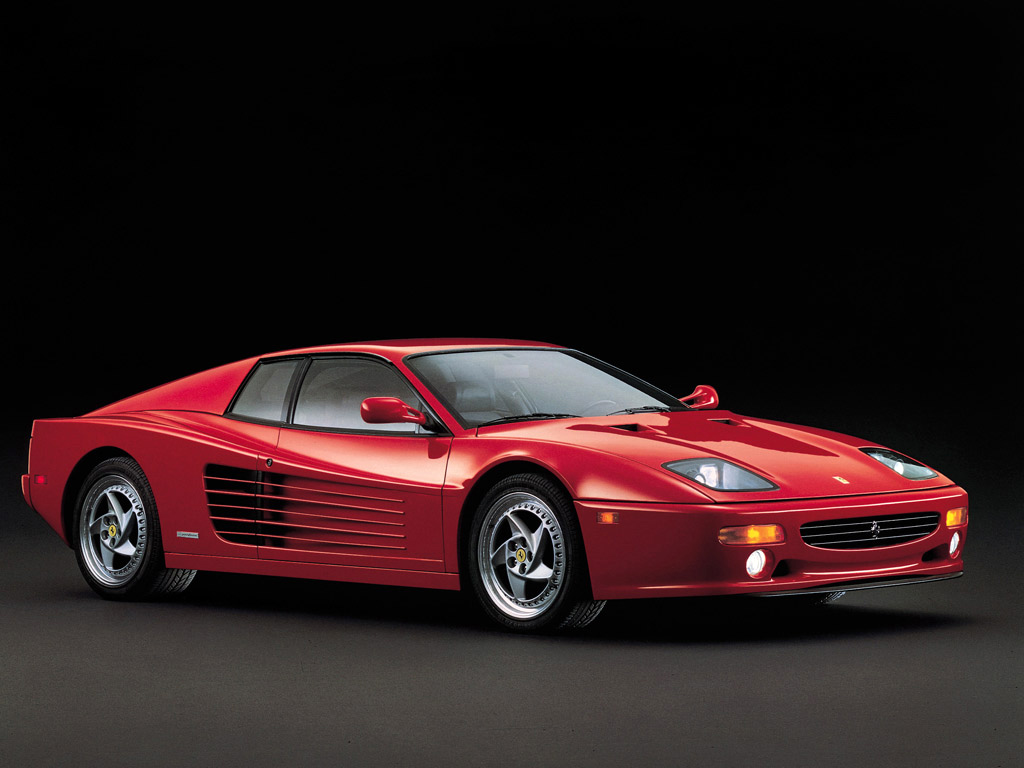The iconic Testarossa. Why.
Photo credit: Ferrari, Pininfarina, Wheelsage
In the history of car design, the Testarossa wrote a very important chapter. Indeed, the pure mastery of the idea of designing the shape of the Ferrari V12 that would go on to replace the famous BB in 1984, within a virtual cage of horizontal lines connecting the nose, sides and rear of the car, came from the need to protect the large side openings for the cooling of the rear-mounted engine. A careful inspection of the photos we’ve published, going beyond the shape of the car, reveals just how strongly this idea came through, helping to make the Testarossa the icon of an era. To reinforce the effect of the design, its name: Testarossa (red head), a single word, unlike during the 50s when they gave the name Testa Rossa to those open sports barchette with their bright red-painted cam covers. An evocative name linked to the illustrious history of sporting successes and the colour that has always been associated with Ferraris.

Its engine was a worthy one too: a naturally aspirated 4.9 litre longitudinally-mounted, 180° Ferrari flat-12 unit capable of producing 390 hp. The performance was stellar of course, making the dash from 0 to 100 km/h (62 mph) in 5.8 seconds and a top speed of 290 km/h. An astoundingly successful model that remained in production in various evolutionary versions for 12 years; after the original monospecchio version (a single high mounted side view mirror mounted on the driver’s side strut to ensure visibility to those behind the wheel) and the evolutions of the original model that followed, Ferrari produced 7,177 units.

number of cylinders, TR for Testarossa) with 2,280 units produced and, finally, in 1994, by the 512 M (where the M stands for modified), which had many improvements and a new front section without the pop-up headlamps. As the years went by, the temperament of the Testarossa remained somewhat unchanged with its wild and almost indomitable nature, although it was softened and made more “civilized” over ten years of technical development. The final year of production of the Testarossa and its heirs was 1996.

What about its market values? All in all they’re still quite reasonable even if they are highly influenced by the number of examples built: a Testarossa in good condition can be purchased for around $100,000 (the monospecchioversions are the most sought after and this affects the price), the 512 TR around $150,000 and the 512 M, the rarest of the three, can enter your garage for around $200,000.
